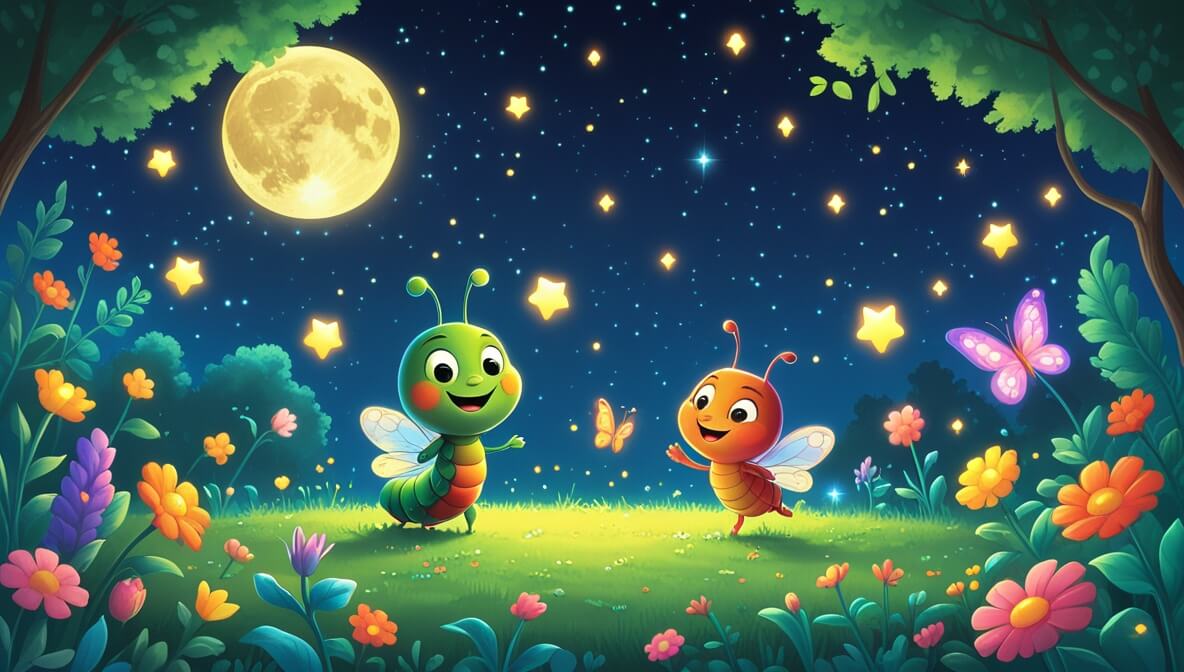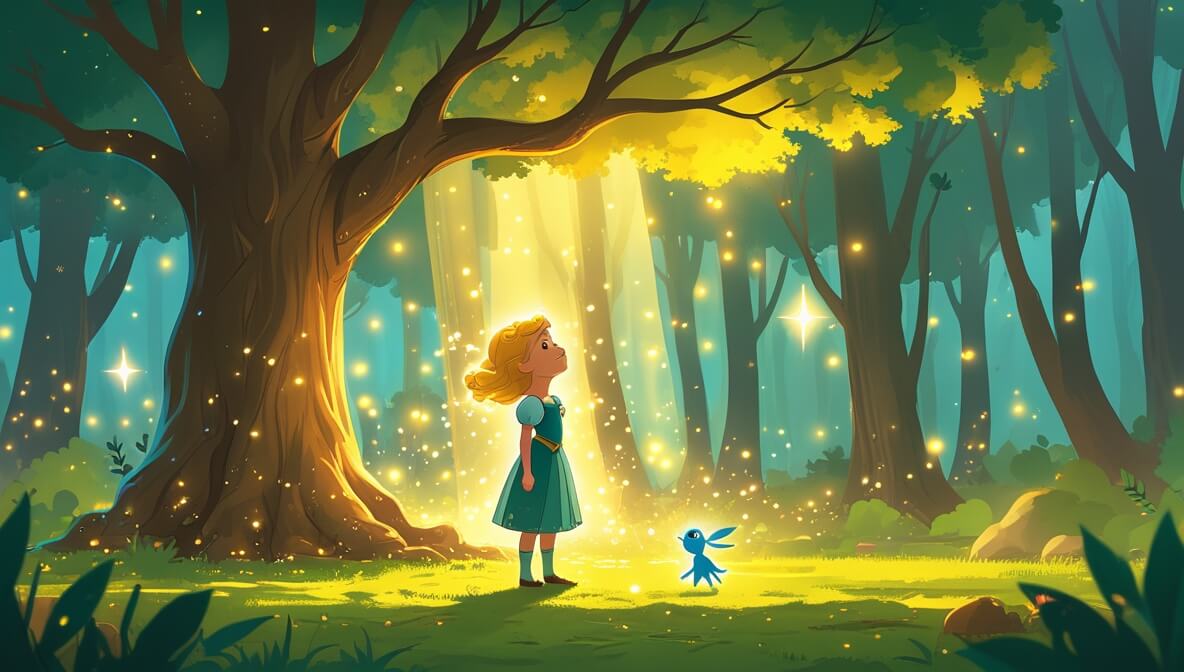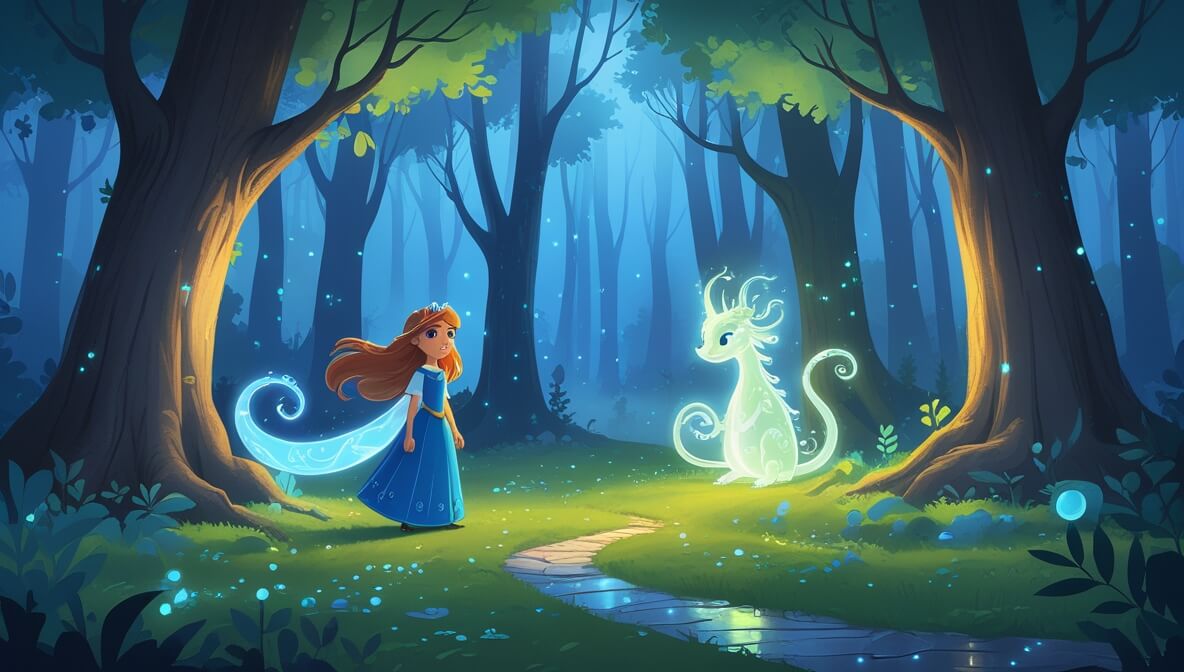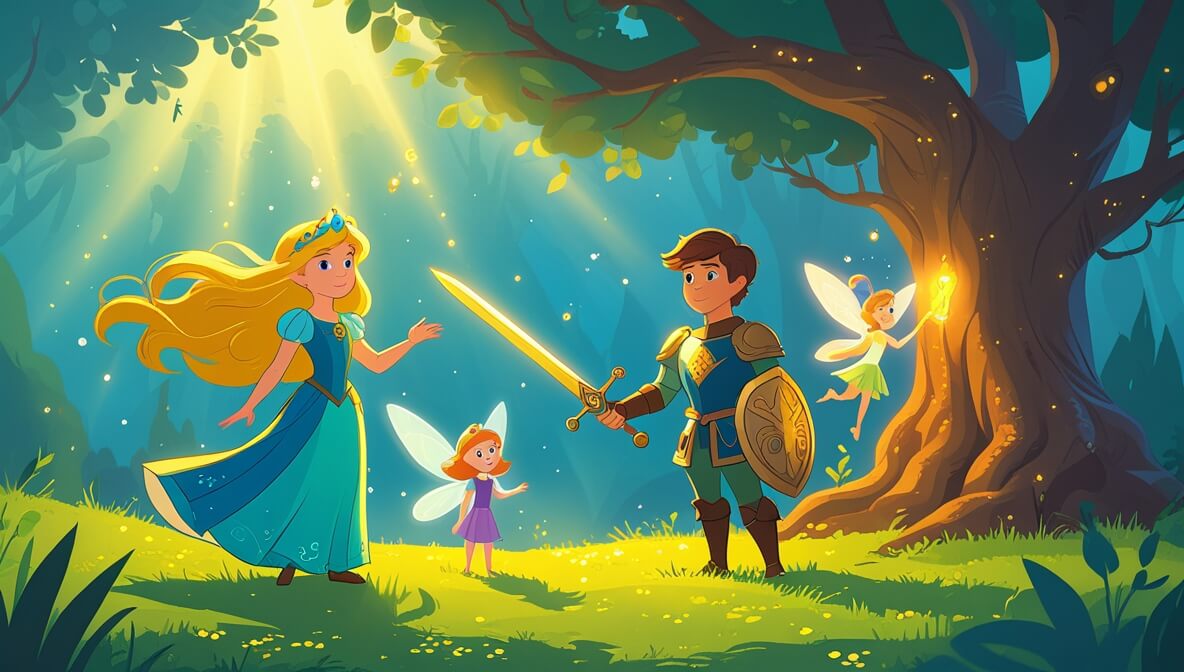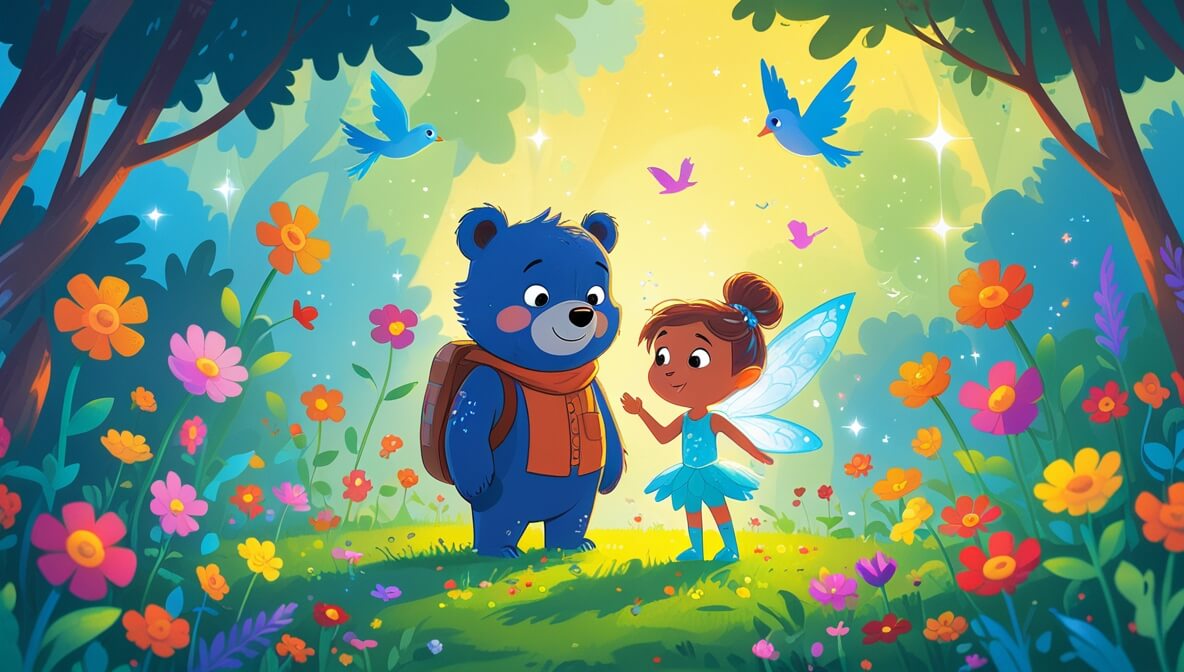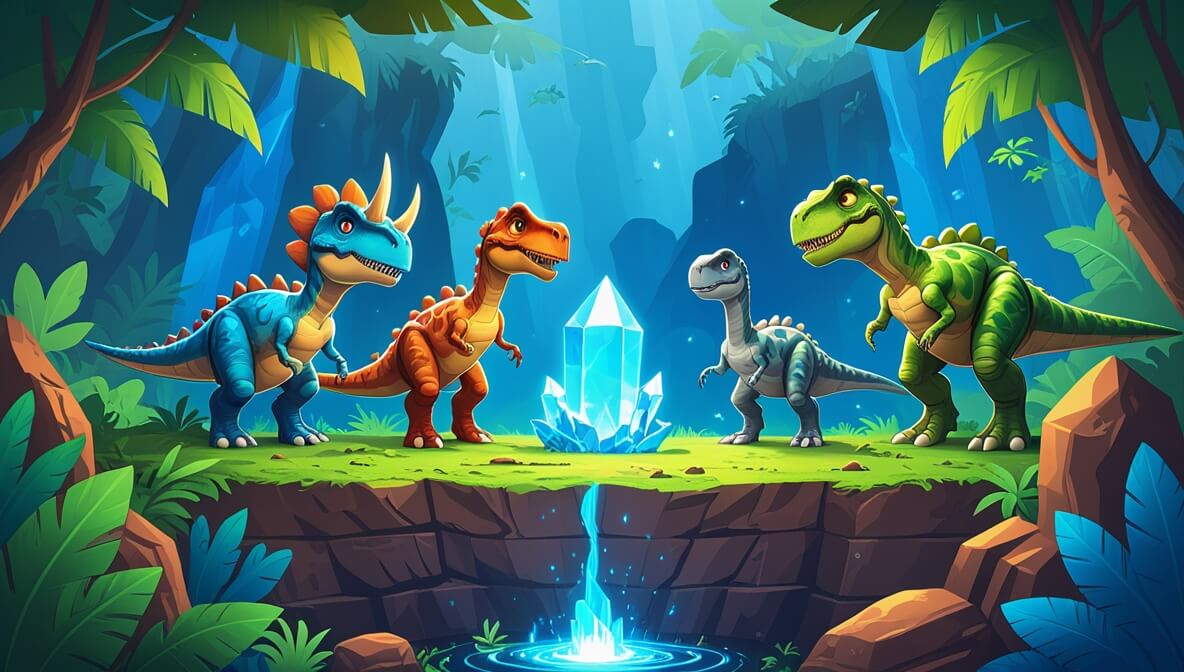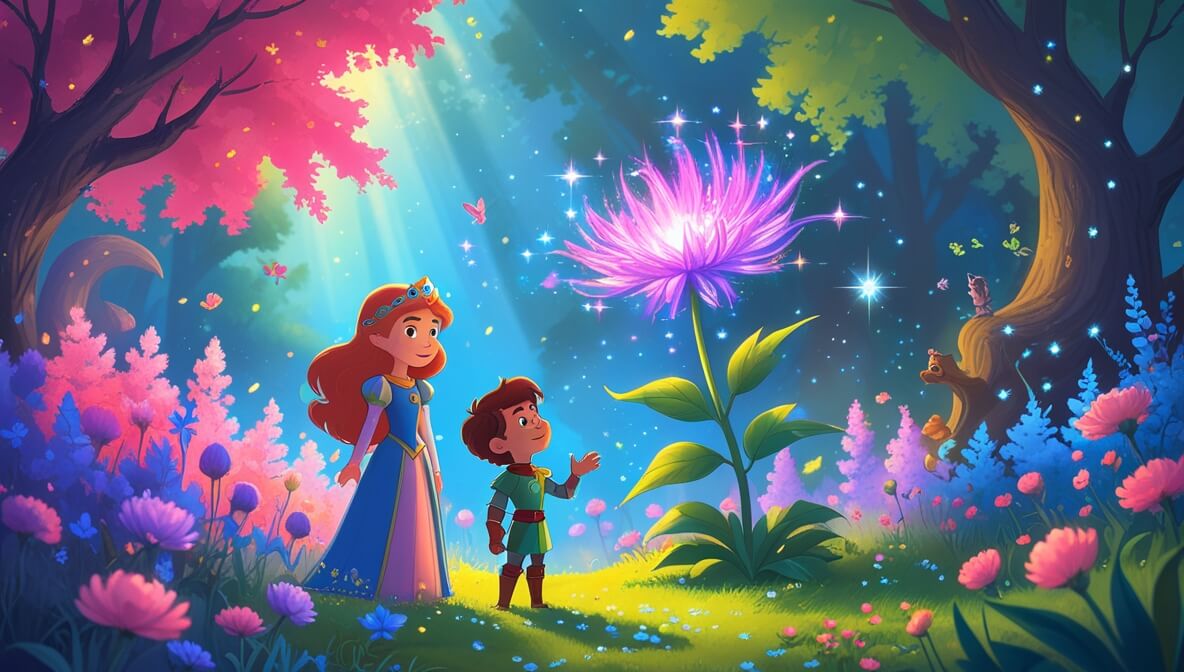In a quiet garden, a tiny caterpillar and a brave butterfly discover the magic of friendship and the joy of exploring together. They learn that together they can overcome any fear, even the big, bright moon.
Age Recommendation
0 – 4 years
Characters
Characters:
- Coco the Caterpillar (a curious little caterpillar who loves to explore)
- Brina the Butterfly (a bright and brave butterfly who helps Coco)
Story
Once upon a time, in a quiet garden, lived a tiny caterpillar named **Coco**. Coco loved crawling around and discovering new things. One sunny day, Coco met **Brina**, a bright butterfly with wings that shimmered in the light.
Coco’s First Adventure
Brina fluttered down to Coco and said, “Would you like to **explore** the garden with me?” Coco wiggled with joy and said, “Yes, please!” Together, they **crawled and fluttered**, visiting the colorful flowers and listening to the gentle buzz of bees.
Meeting the Moon
As the sun began to set, Coco noticed a big, bright moon rising in the sky. Coco felt a little scared. “What is that?” asked Coco, hiding under a leaf. Brina landed beside Coco and said, “That’s the moon! It’s our friendly night light.” **Coco felt safe** with Brina by their side.
A Garden at Night
With Brina’s encouragement, Coco peeked out. They saw **twinkling stars** and heard the soft rustle of leaves. Coco realized the garden was just as magical at night. “Thank you, Brina,” said Coco. “You’re a great friend.”
Friendship Under the Stars
Brina smiled. “Friendship makes everything better,” she said. So, under the starry sky, **Coco and Brina** danced around the garden, discovering the beauty of the night and the strength of their friendship.
The end.
Moral of the Story
Friendship can make even the scariest things seem less frightening. Together, we can explore and enjoy all the wonders around us.
Questions to Think About
- Why was Coco scared of the moon at first?
- How did Brina help Coco feel safe?
- What did Coco and Brina discover about the garden at night?
- Why is friendship important?
- What makes you feel brave?
Do You Know
- Butterflies use their bright colors to scare away predators.
- Some caterpillars turn into butterflies after resting in a cocoon.
Word Explorer
- Explore: To go on an adventure to see new things.
- Brave: Not being scared when you try something new.
- Friendship: Being close and kind with someone you like.
Emotions in the Story
- Curiosity: Coco felt this when exploring the garden.
- Fear: Coco felt scared when seeing the moon.
- Happiness: Coco felt happy when dancing with Brina.
Color Your Scene
Imagine the garden at night with the bright moon and twinkling stars. Draw Coco the Caterpillar and Brina the Butterfly dancing under the moonlight. Use colors like silver for the moon, blue for the night sky, and colorful shades for Brina’s wings.
Parents’ Corner
This story is a great way to talk to your child about:
Facing fears: Discuss how Coco overcame their fear of the moon with Brina’s help.
Importance of friendship: Talk about how Brina’s friendship made Coco feel safe and brave.
Exploration and discovery: Encourage your child to explore new places and discover new things, fostering curiosity and learning.
Embracing differences: Discuss how Coco and Brina, though different, enjoyed the garden together, highlighting the beauty of diverse friendships.

